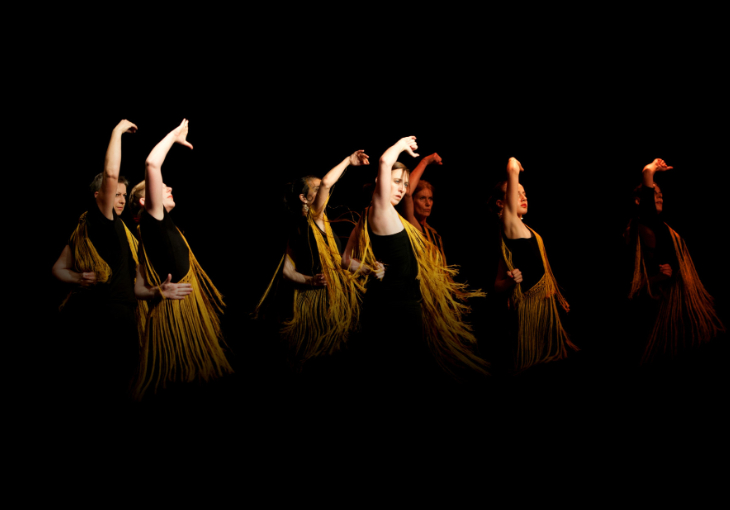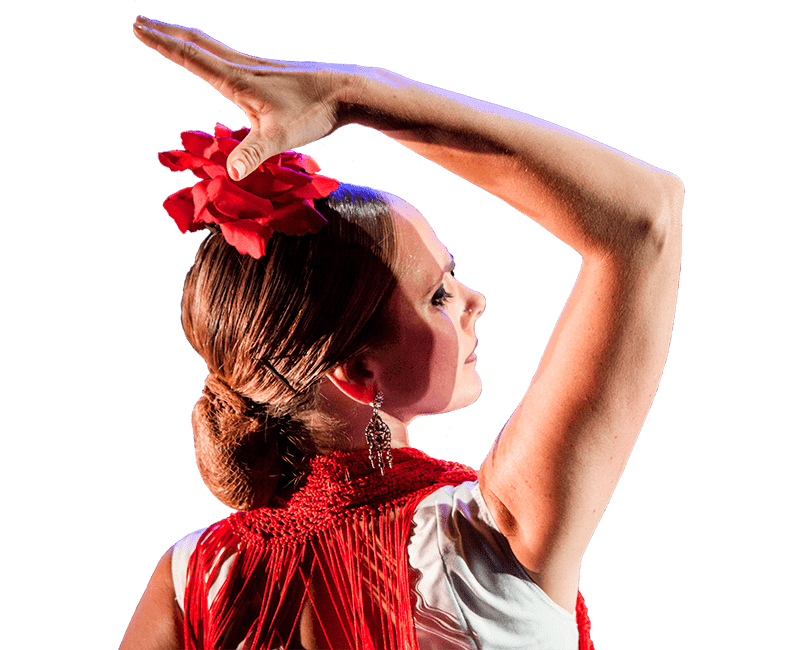Filtrar contenido

Palo Flamenco: La Soleá
La soleá, uno de los estilos más fundamentales en el mundo del flamenco que te hace viajar hacia el corazón del flamenco
En el elegante y apasionante mundo del flamenco, la Soleá emerge como uno de los palos más emblemáticos y conmovedores. Con su ritmo inconfundible y su profunda carga emocional, la Soleá es una expresión pura del alma flamenca, transmitiendo dolor, pasión y anhelo a través de sus compases y sus letras.
Orígenes e Historia
La Soleá tiene sus raíces en los cantes primitivos del flamenco, que surgieron en las comunidades gitanas del sur de España en los siglos XVIII y XIX. Su nombre proviene del término español "soledad", y refleja la melancolía y el sufrimiento que encontramos en sus letras.
A lo largo de los años, la Soleá ha evolucionado y se ha diversificado, dando lugar a una amplia variedad de estilos regionales y variantes interpretativas.
Características Musicales
La Soleá se caracteriza por su compás binario y su ritmo lento y solemne. En su forma más básica, tiene un compás de 12 tiempos, aunque también se pueden encontrar variantes con compases de 10 o 16 tiempos. La estructura melódica de la Soleá es a menudo simple y repetitiva, lo que permite al cantaor y al guitarrista explorar diferentes matices y emociones a lo largo de la interpretación.
Lo que distingue a la Soleá es su profunda carga emocional y su capacidad para transmitir una amplia gama de sentimientos. Las letras de la Soleá suelen hablar de amor no correspondido, pérdida, desesperación y el sufrimiento del alma. Los cantaores y las cantaoras utilizan su voz para expresar estas emociones de manera conmovedora, infundiendo cada verso con una intensidad y una pasión que llega al corazón del oyente.
La Soleá ofrece un lienzo expresivo para los artistas del flamenco, permitiéndoles explorar y experimentar con diferentes estilos y enfoques interpretativos. Desde las versiones más tradicionales y ortodoxas hasta las adaptaciones más contemporáneas y vanguardistas, ofreciendo infinitas posibilidades de expresión artística. Tanto el cante como el baile flamenco encuentran en la Soleá un terreno fértil para la improvisación y la creatividad, dando lugar a interpretaciones únicas y emocionantes.
Legado y Significado Cultural
Al ser considerado uno de los palos más antiguos y venerados del flamenco, la Soleá ocupa un lugar especial en la cultura española y en el corazón de los amantes del arte flamenco. Su profunda conexión con las emociones humanas universales la convierte en una expresión poderosa y conmovedora del alma humana. A lo largo de los siglos, la Soleá ha perdurado como un símbolo de la esencia misma del flamenco, transmitiendo la pasión, la intensidad y la belleza de este arte único y apasionado a través de generaciones.
¿Te has quedado con ganas de vivir el arte del flamenco? Te esperamos en Teatro Flamenco Madrid, un lugar de referencia en el que podrás vivir espectáculos de flamenco puro y elegante, de la mano de los mejores artistas. Reserva tus entradas aquí, y acompañanos a disfrutar de una experiencia única y emocionante.
